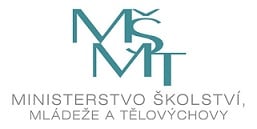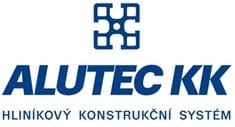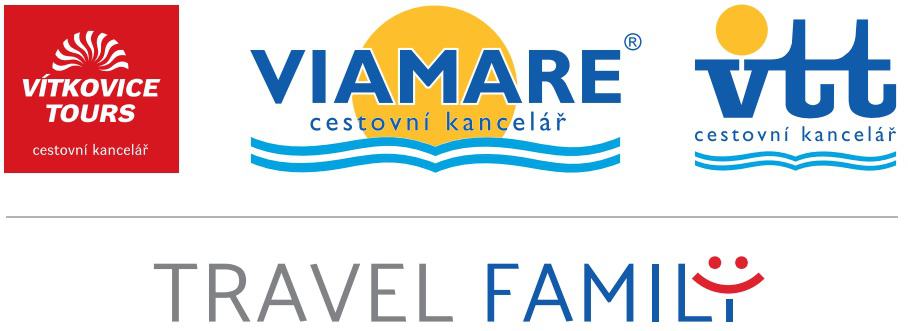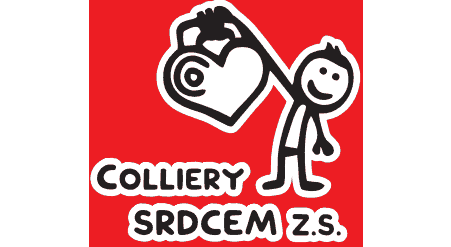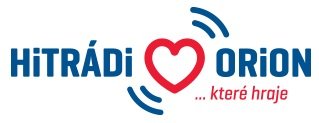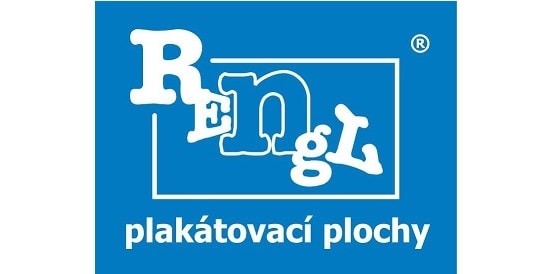The Moravian-Silesian Region lies in the northeast of the Czech Republic and is one of the 14 territorial self-governing units. It has an area of 5 427 km² and over one million two hundred thousand inhabitants, making it the third most densely populated region in the Czech Republic. More than half of people live in cities with the population over twenty thousand. This fact, together with the strategic position within the three states (Czech Republic, Poland and Slovakia) and the dense transport network, makes it a place with great human potential and investment attractiveness. The Moravian-Silesian Region is therefore still holding the front lines in the flood in of new foreign investors.
Although the Moravian-Silesian Region is still perceived mainly as industrial, some production, especially in the mining and metallurgical industries, have been canceled and today they are remembered by rare technical monuments such as the Dolni Vítkovice region, the Landek Mining Museum, the Michal mine or the Technical Museum of Tatra Kopřivnice.
With the receding of heavy industry, the improvement and maintenance of the environment is in the forefront. The natural riches are represented by three protected landscape areas (Beskydy, Jeseníky and Poodří) and other smaller protected areas. Nature care is closely related to human health care. Renowned in this respect are the Klimkovice Sanatorium, Darkov Spa or Karlova Studánka.
Local sports, cultural and social events are among the largest and most successful in the Czech Republic. These include the four-day Colors of Ostrava music festival, classical music festivals such as Janáček’s May, Janáček’s Hukvaldy and Beethoven’s Hradec, or the Shakespeare Festival’s Theatrical Show.
NATO Days, the largest showcase of Central European Army Aeronautics, have recorded record-breaking visits of over 200,000 people in recent years.


